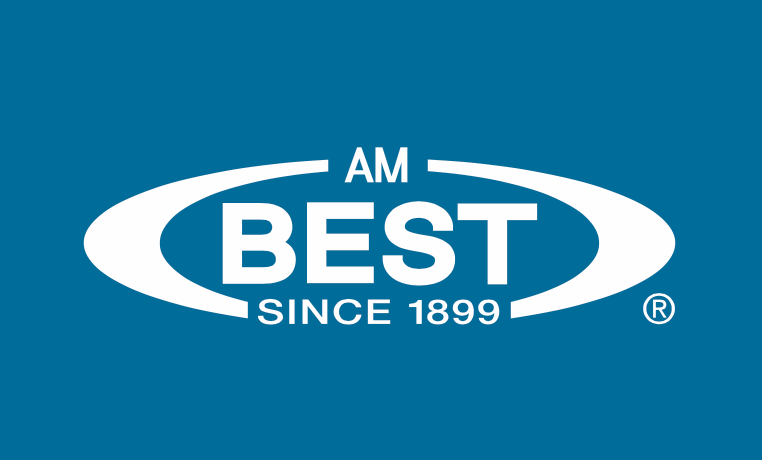Reinsurance pricing remains near historic highs as 2025 market holds firm: AM Best
- October 24, 2025
- Posted by: Taylor Mixides
- Category: Insurance

In a recent briefing hosted by AM Best, titled “Reinsurance: What Lies Ahead?”, industry leaders gathered to examine the state of the reinsurance market at mid-year 2025 and offer insights into how the rest of the year might unfold.
The panel included Jim Williamson, President & CEO of Everest Group; Greg Hendrick, President & CEO of Vantage Risk; and Dan Hofmeister, Associate Director at AM Best. The session was moderated by John Weber, Senior Associate Editor at AM Best.
Hofmeister opened by explaining why AM Best moved its outlook on the reinsurance industry to “positive” in 2024, citing the structural changes seen in the property market the year prior.
“Typically, we look at hard markets in the past, most of which were driven by capital depletion. In 2023, what we saw was reinsurance with a kind of inability to meet the cost of capital for long period of time leading up to that period. So a bit different of a hard market.”
Despite a modest softening in rate-on-line levels during the June and July renewals, Hofmeister noted that pricing discipline held strong through tight terms, higher attachment points, and a more selective underwriting approach. Elevated interest rates were also contributing to improved returns as companies reinvested at more favourable yields.
Williamson described the June 1 renewals as robust, with rates still near historic highs and increased demand at the upper layers of reinsurance programmes.
“I think Dan got it right at the end of the day. One of the advantages of having rates at a very healthy level is the underwriter doesn’t need to react every time there’s an event. We’re getting paid to take the risks that are out there,” he said.
He added that conditions might have softened more were it not for early-year catastrophe activity: “You may have seen a little bit more of a decrease in rates…as we play through the year, if the hurricane season remains moderate, I think we should be in good shape rate-wise. If, on the other hand, we have a big wildfire, aviation losses, and then hurricane losses in the southeast, that could start to change the dynamic.”
Hendrick agreed the market remained largely firm: “We saw something slipping… we used to call it a free reinstatement—when you triggered a limit, you paid a full premium and it reinstated. Now they’re called prepaid reinstatements. We saw some of those come back.”
He also noted that while demand for aggregate coverage increased, the market remains difficult. “It’s a very fraught market. At the moment, the difference between the bid and the ask—what buyers are willing to pay and what capacity providers are willing to sell—is a bit gapped out,” he said.
“There’s nothing wrong with aggregate cover; it was just undercharged for quite a long time. And in Dan’s words, selling that aggregate led to an inability for us to meet our cost of capital over time.”
The panel also discussed the impact of recent wildfires. Although mid-year renewals are typically centred around US hurricane risk, the rising severity and frequency of wildfires add a layer of volatility that reinsurers are increasingly accounting for.
“One of the advantages of having rates at a very healthy level is that the underwriter doesn’t need to react every time there’s an event where we’re getting paid to take the risks that are out there. And I do think Dan’s instincts are right, though, which is, you may have seen a little bit more of a decrease in rates. Of course, it’s impossible to prove counterfactual, but I suspect that’s the case,” Williamson said.
Hendrick remarked that these events highlight how catastrophe modelling still struggles to keep pace with evolving threats: “No one should say they didn’t see a wildfire loss coming. I think the unusual nature was the degree of damage and the speed at which the damage occurred. This reinforces that things happen. That’s what reinsurers are here to pick up, and it puts a floor under the rate, as Jim noted.”
Both Hendrick and Williamson said Florida appears to be stabilising following recent legislative reform. Hendrick said the state’s insurance market was “back from the brink,” pointing to reduced legal cost inflation and a rebound in investor confidence. “You’ve seen people come in and start new carriers. I think all of that is a vote of confidence in Florida, and I think it shows that the reforms that were passed a year ago are starting to work,” he said.
Insurance-Linked Securities (ILS) were another area of focus. Williamson said Everest had raised nearly $2 billion in assets under management through its sidecar, with better-informed investors now entering the space.
Williamson noted: “It’s a critical tool now. The next big evolution is going to be how we extend ILS into specialty and casualty lines.”
Looking ahead to Monte Carlo and the second half of the year, Hendrick commented: “It’s a great time to be in the reinsurance marketplace. We are now and then exceeding our cost of power, and I’m looking forward to that marketplace continue to remain healthy and strong and take on some of the new risks as they appear, because in the end, we do need to continue innovate as an industry.”
The session concluded on a note of vigilance, with all speakers agreeing that the sector is strong but must continue adapting to risk.
This website states: The content on this site is sourced from the internet. If there is any infringement, please contact us and we will handle it promptly.



